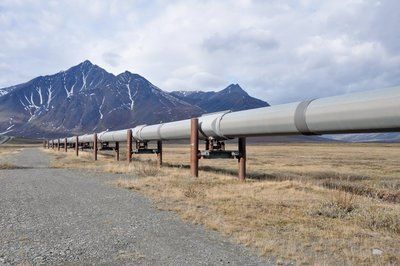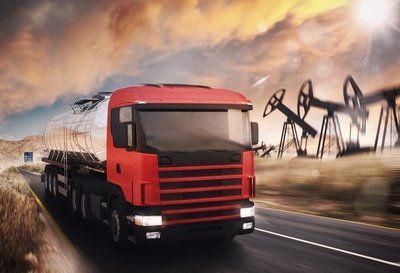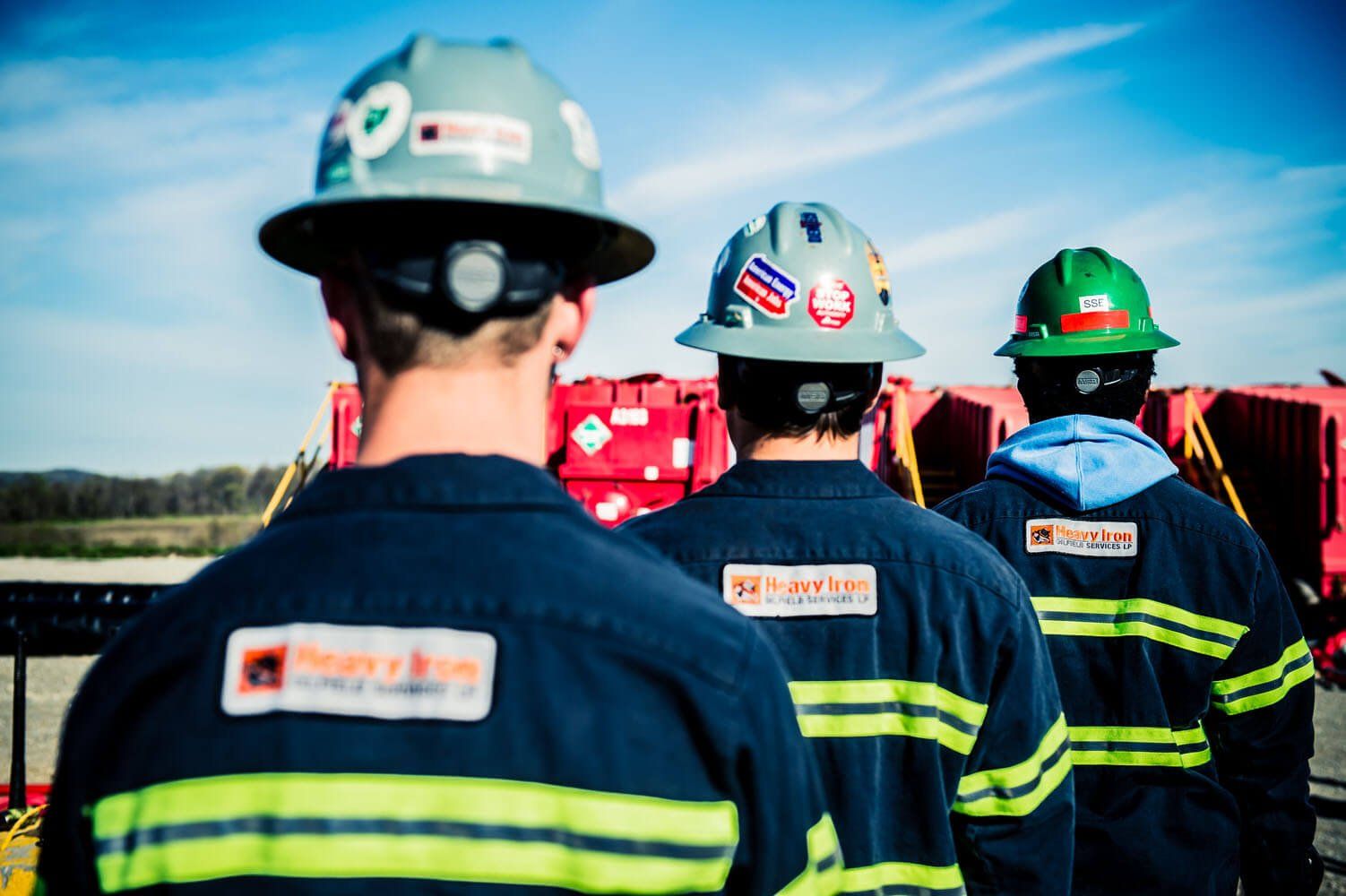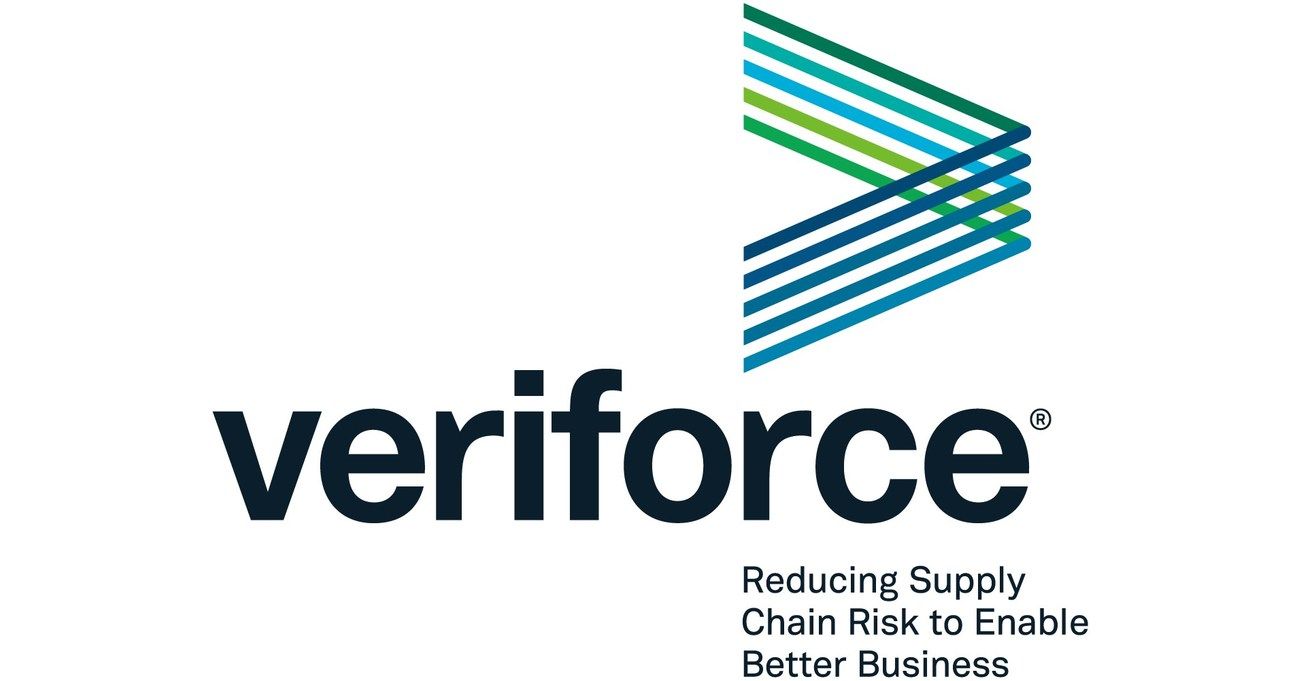HEAVY IRON NEWS
How Supercomputing Is Changing Oil & Gas Safety
- By Design Team
- •
- 05 Aug, 2015

THE DANGERS OF OFFSHORE DRILLING
Offshore drilling requires complex rigging that occurs in deep waters. When there are incidents, these incidents tend to be critical because it is very difficult to render aid to the location. Incidents tend to occur more often because of the nature of the environment, which can be both harsh and extreme. And employees tend to run into more incidents because they are on shift for so long. Many workers are on shift for a total of 12 hours a day. They have to be, not only because of the urgency of the job, but also because it is difficult to get employees to the rig itself. Most employees work in seven day or fourteen day shifts.
Though inspections are often done to ensure the safety of the rig, they cannot be done very often because of the remoteness of the rig and because the environment is so dynamic and constantly changing. Compounding these problems, not all of the companies that operate within the industry of offshore drilling are actually experienced in offshore drilling.
REDUCING DANGER THROUGH COMPUTATION
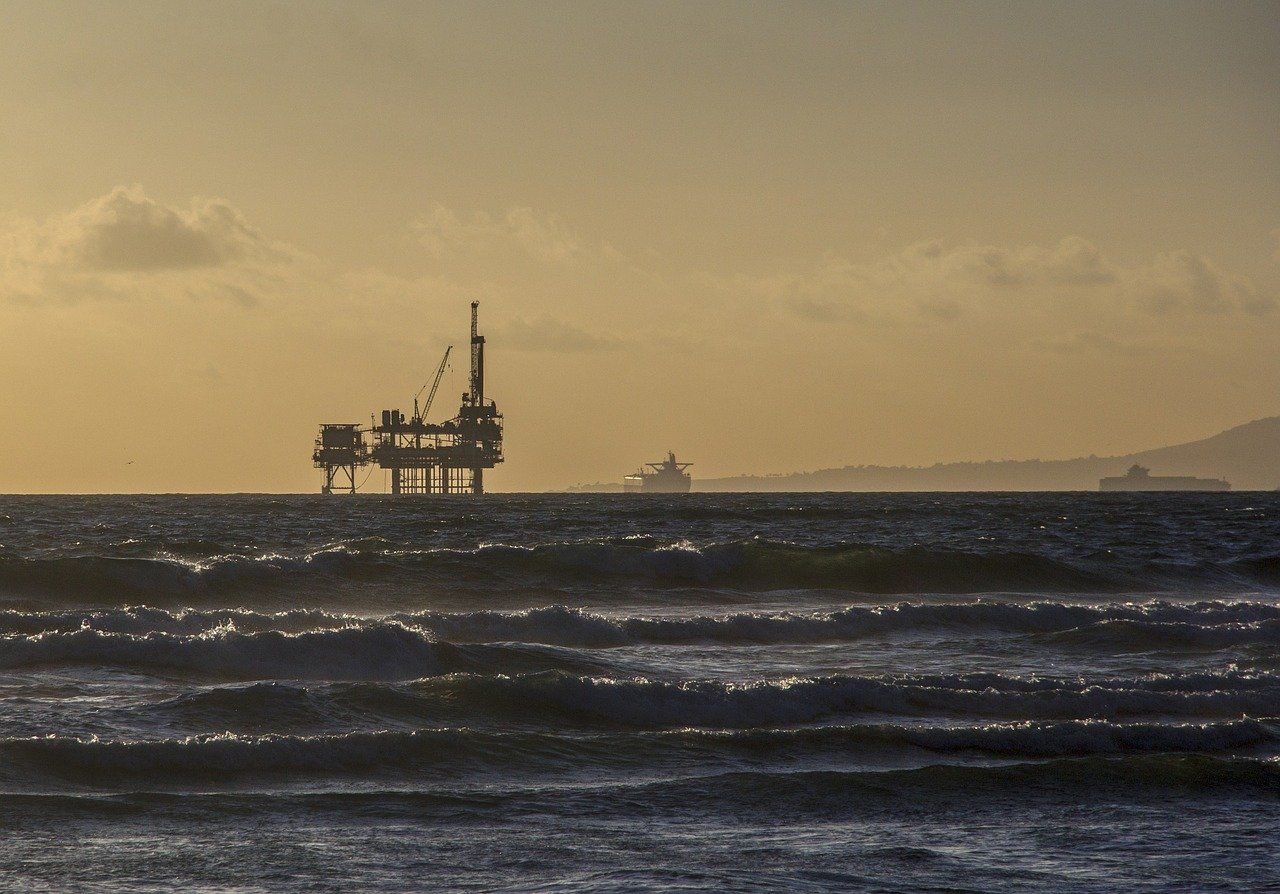
Technology has often been looked to in order to increase the safety of industrial procedures, but in this situation the technology is coming from an unlikely place: supercomputing. Supercomputing and simulations are being used to determine system safety in ways that couldn't previously be achieved. Research teams are using large amounts of data collected by supercomputers to simulate issues and determine overall system safety, including the mooring systems and riser of drilling stations. Through these detailed calculations, companies can react proactively rather than reactively to their system safety and prevent accidents from occurring.
As noted, a large amount of the danger in offshore drilling comes from the environment itself. Deep waters are unpredictable and can lead to equipment failure; in turn, equipment failure can lead to employee injuries and even fatalities. The supercomputing insights will make it easier for companies to anticipate issues with turbulent flows, making the system as a whole more secure and stable. By improving the environment, the safety of all procedures within the rig will also be positively affected.
Computation is only one of the many ways that oil rigs are trying to improve offshore drilling safety. For now, it is an industry that includes some level of peril, but it's also necessary to reclaim many of our known stores of oil. By steadily improving the technology involved in offshore drilling, the industry will be able to create more manageable risk and to improve upon the safety of its employees.
Subscribe to Email Updates
Recent Post
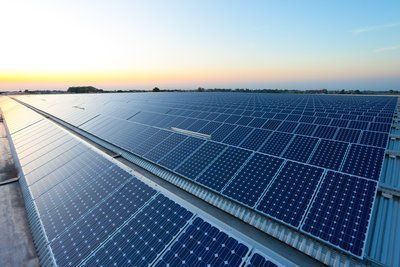
| A new project in development in Oman may be able to revolutionize the way that people think about solar energy and oil and gas. The Miraah project currently being developed will use solar power in order to produce oil, thereby reducing the amount of natural gas Oman residences will need to rely upon. Ideally, the Miraah project will be able to address many of the outstanding issues with solar technology related to energy capture, while creating a more efficient and effective method of oil production. |
